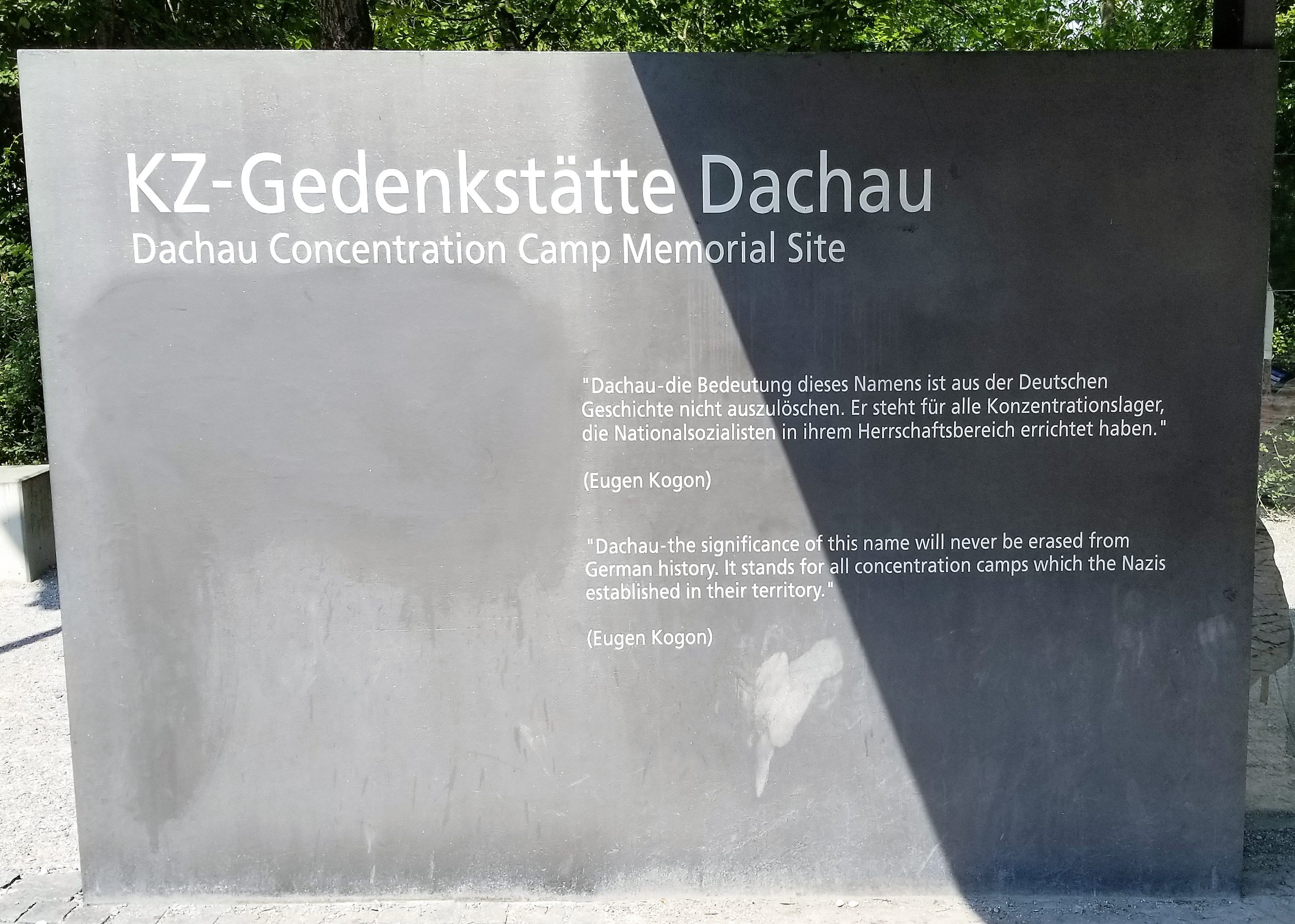
Walking through History
Just outside of Munich, Germany is the Dachau Concentration Camp. It was one of the first such camps established in Germany and it served as the model for all the subsequent concentration camps to come. While it was originally a munitions factory, in 1933 it was repurposed by Heinrich Himmler and served to imprison hundreds of thousands of people. Now, with input from survivors, it has been turned into a memorial. Visitors can walk the grounds, learn the history, and try to understand so that this will never again happen.
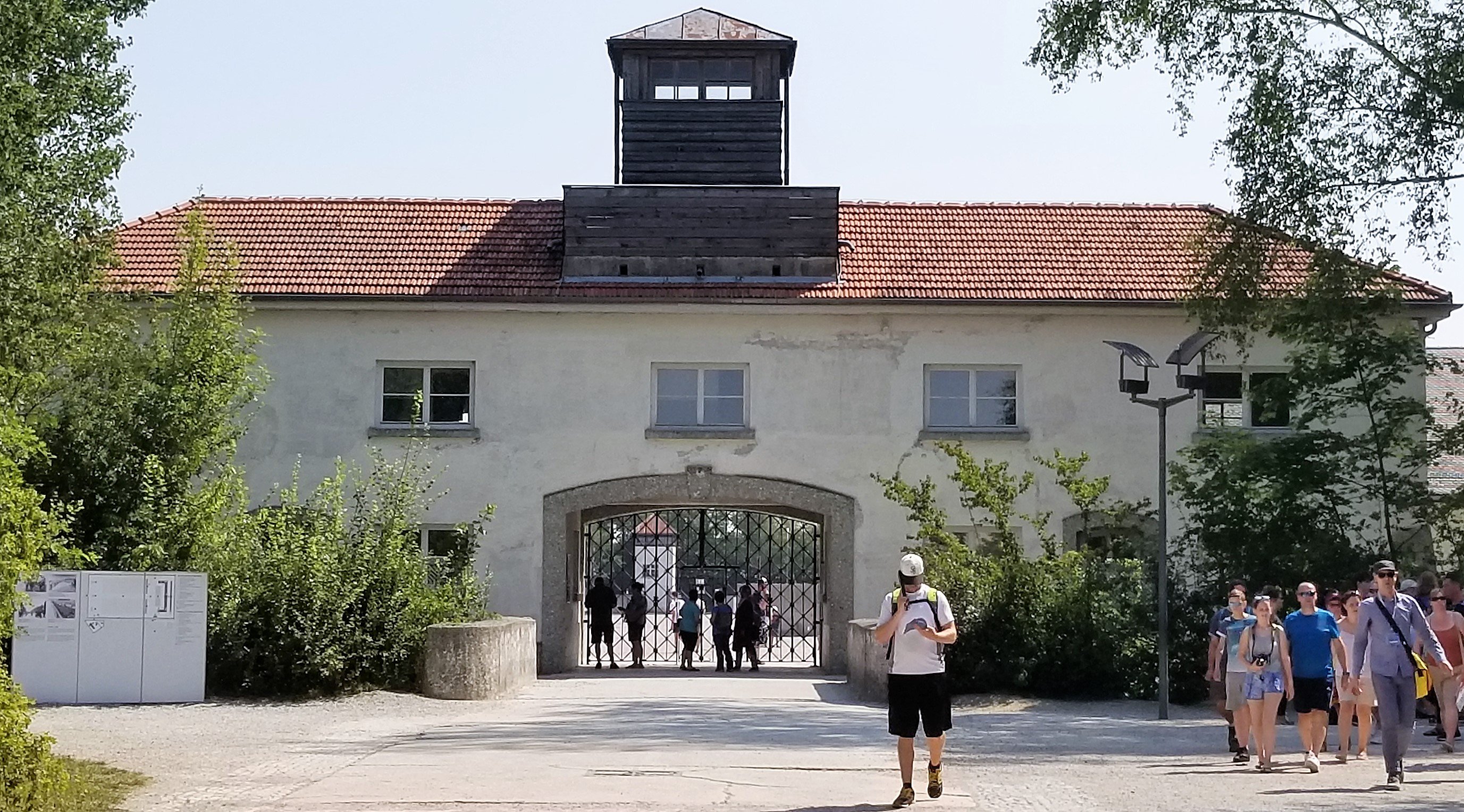
On approaching the camp, it appears to be an older building of no unusual importance. The grounds are well kept, everything is clean and clipped and the sun shines brightly on everyone milling about. My heart has been racing in my chest for the last several miles as we got closer to where so many atrocities took place. It feels like the entire area is saturated in fear and panic, even 80 years later.
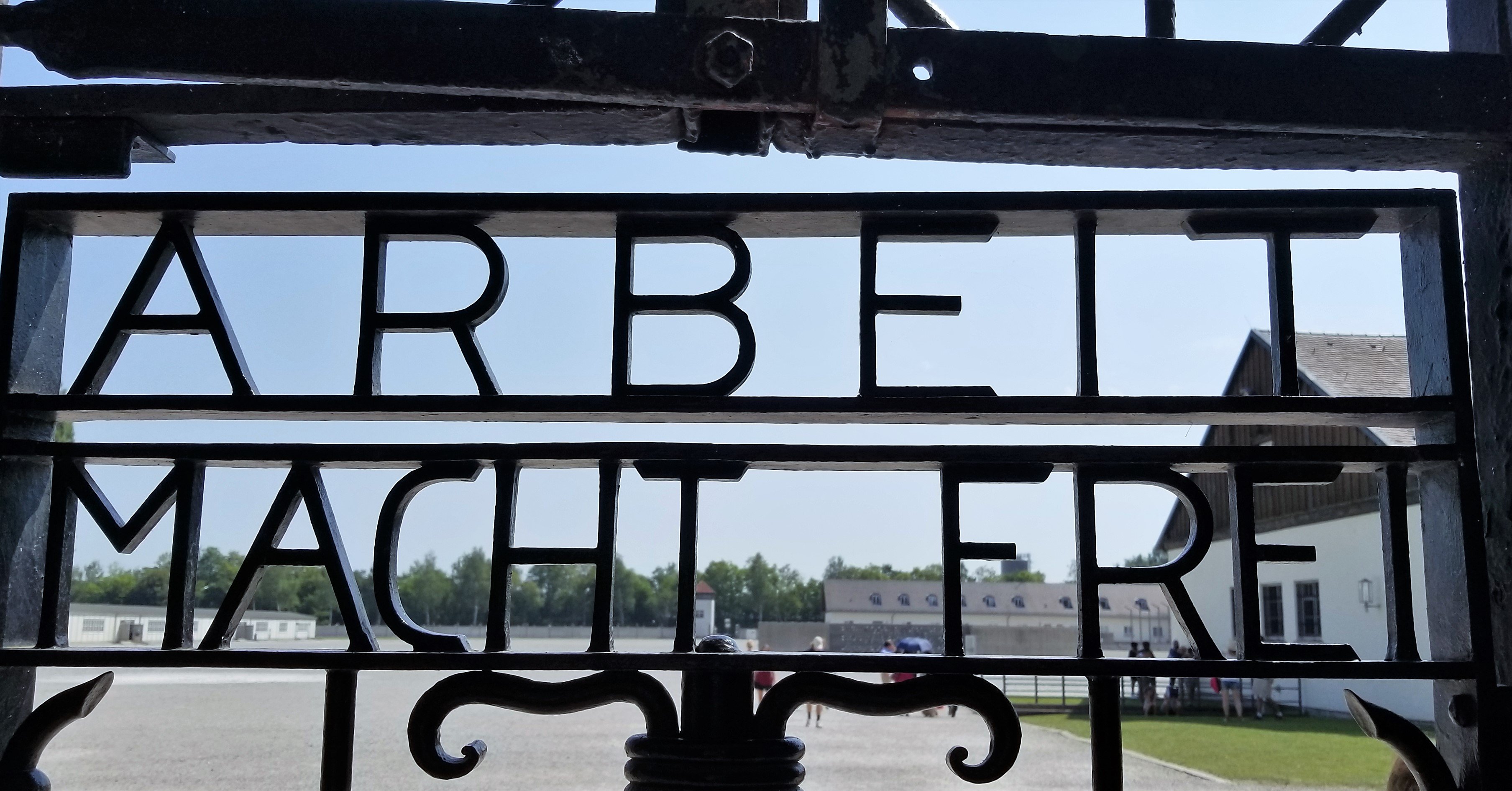
Inside the Compound
As I pass through the gates, I feel compelled to silence. My mouth is practically glued shut as words simply don't feel appropriate in this space. The yard opens up, bright and hot, ringed with low buildings. If I shut my eyes I know I can hear the soldiers barking orders and the suffering of the prisoners. I don't shut my eyes.
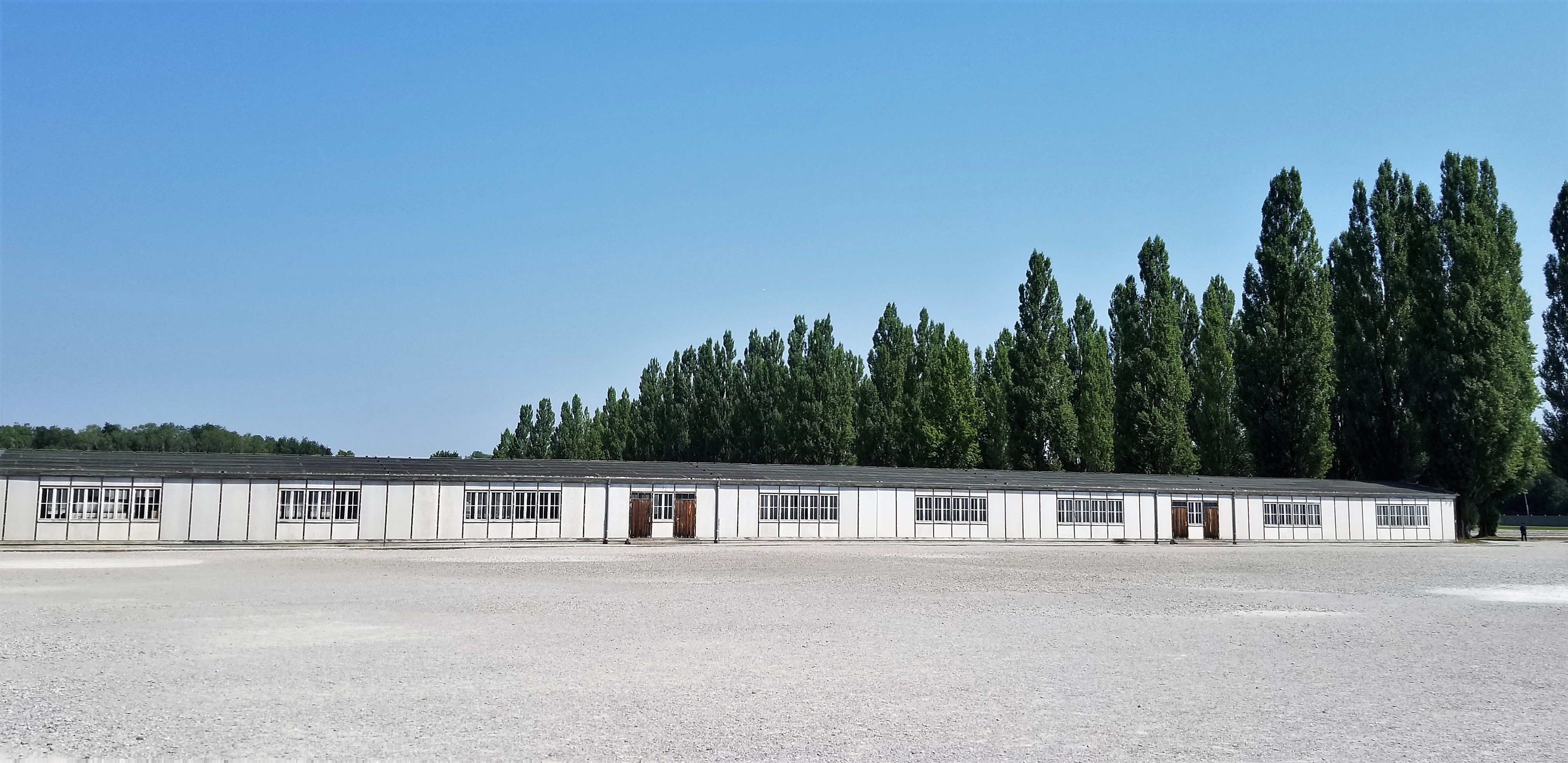
On the request of survivors, all the buildings that housed prisoners have been demolished. In their place are large gravel filled rectangles bearing only the number of the building which once stood there. The building above has been recreated to show visitors what the dorms were like. A steady stream of people step inside, tourists taking selfies and posing in front of the model bunks.
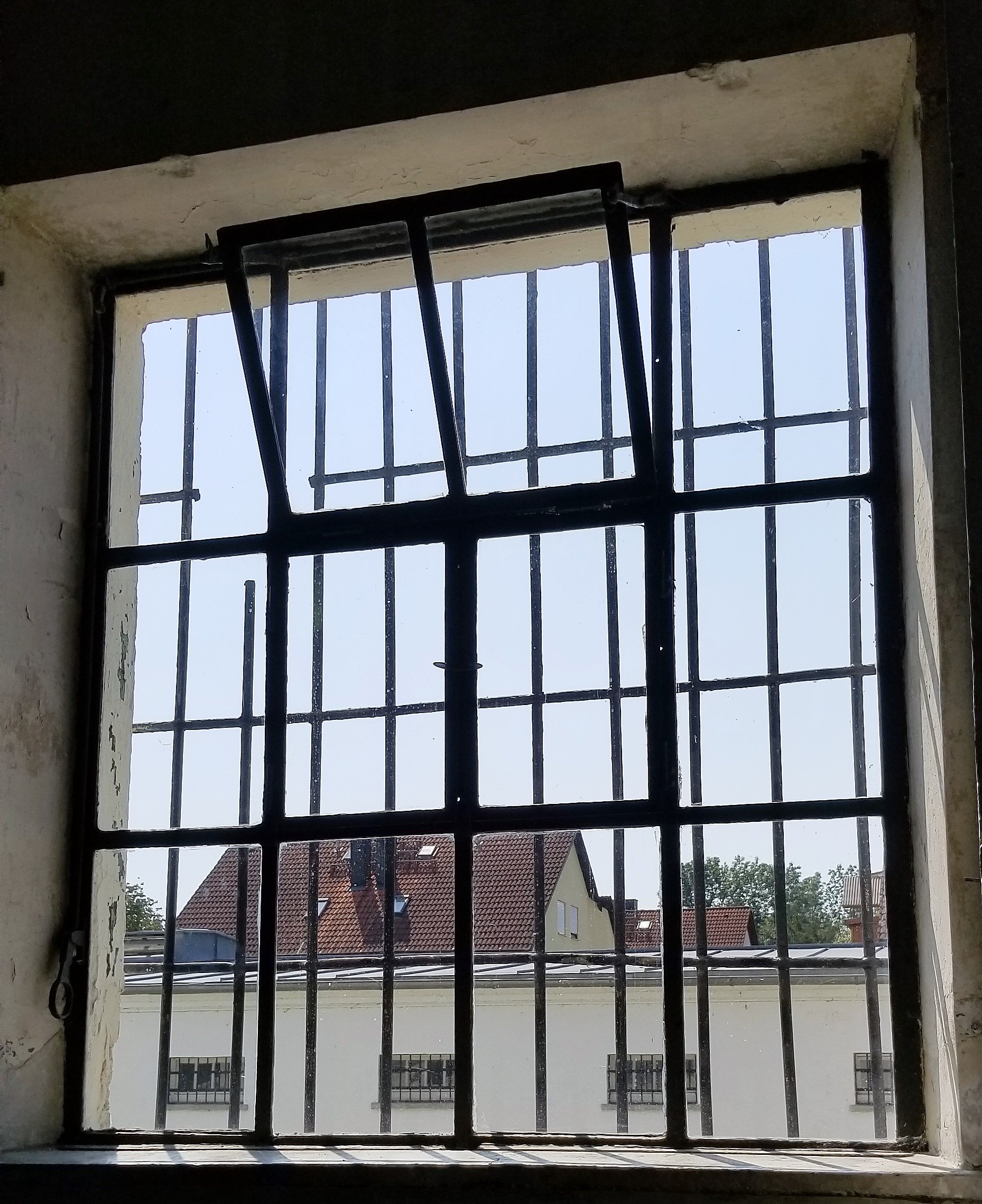
I step to the barred window overlooking the yard and envision the starving people lined up for role-call, hoping that today is not the day they die, hoping for liberation, hoping for food or even respite from the hot sun. I don't know if they had hope. Such things can be lost along the way.
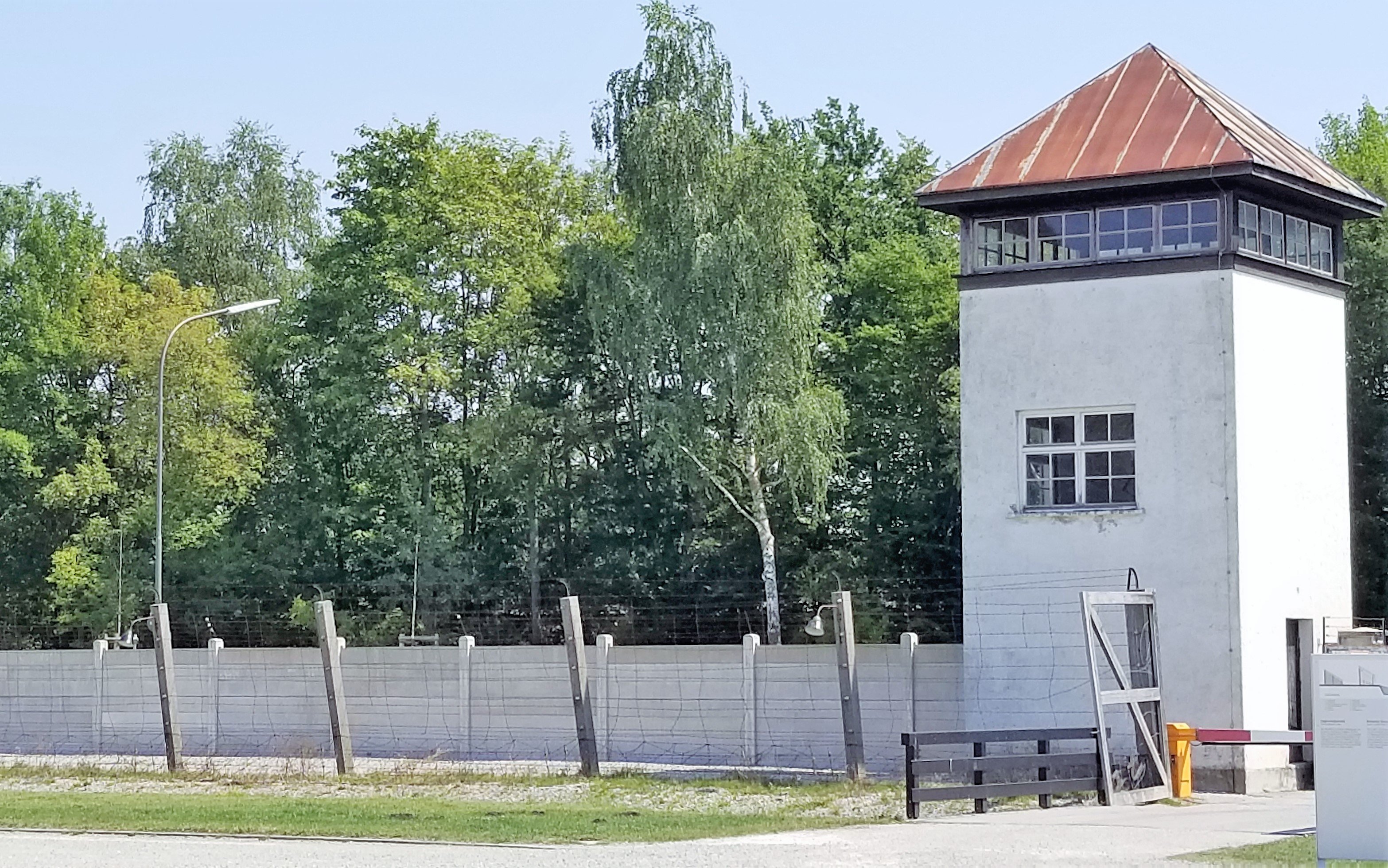
The yard is ringed with guard towers. Directly inside the towers is the no-man's land. This is an unassuming span of about 10 feet. Prisoners who entered the area were immediately shot by guards perched in the towers just waiting for a chance. Some prisoners became so desperate that they walked into the area intentionally - suicide by guard - and others were forced in for a 'justified' excuse to shoot them.
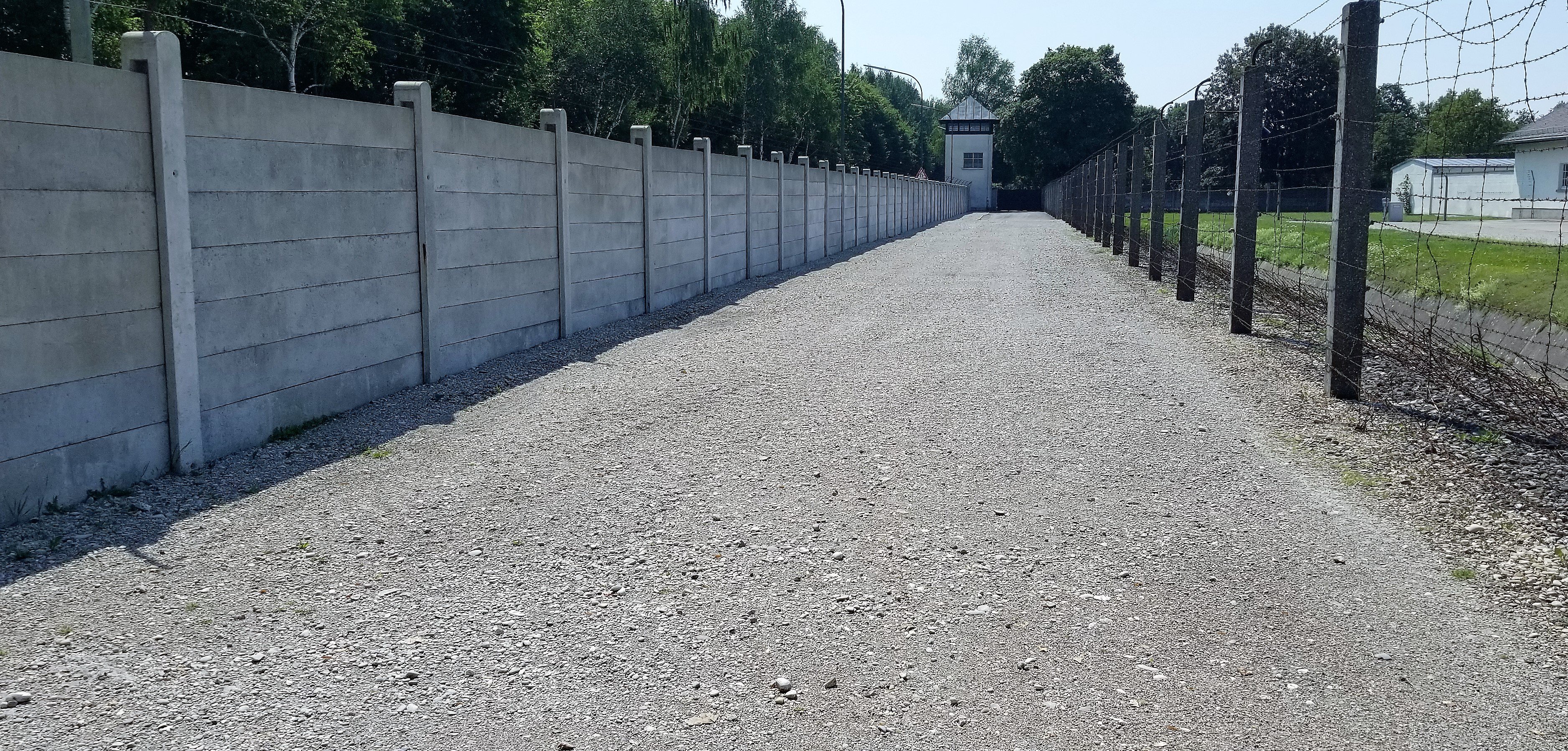
Here the guards would patrol, intent on keeping everyone inside. Guns, soldiers, barbed wire, and fences all were designed to ensure that no one escaped.
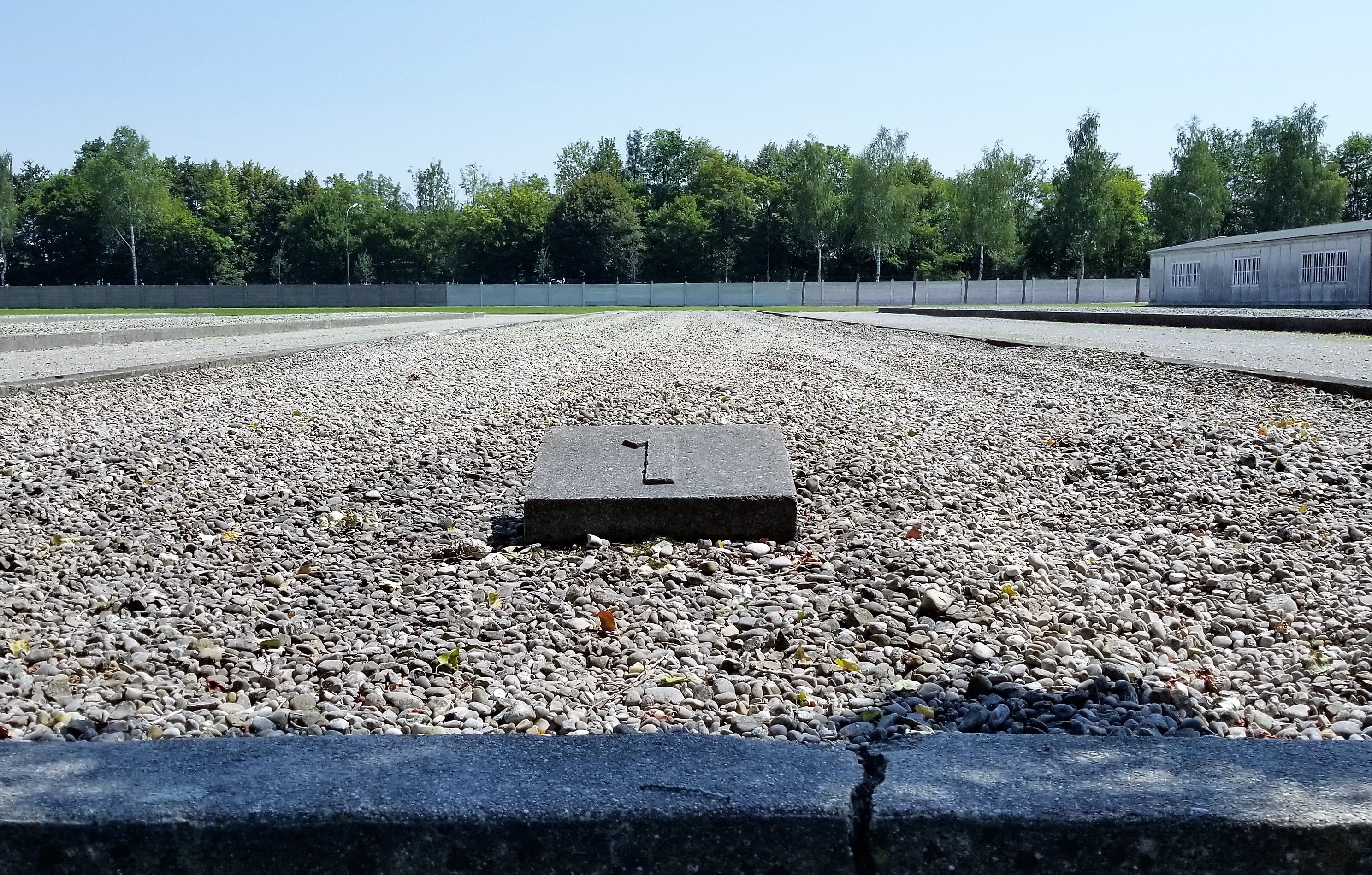
Above are all that remains of the dorms. Each one bears a number. There were 32 dorms at one time, including one specifically for clergy and one for medical experimentation. The simple fact that survivors couldn't bear to let them remain says a great deal about the suffering which took place within.
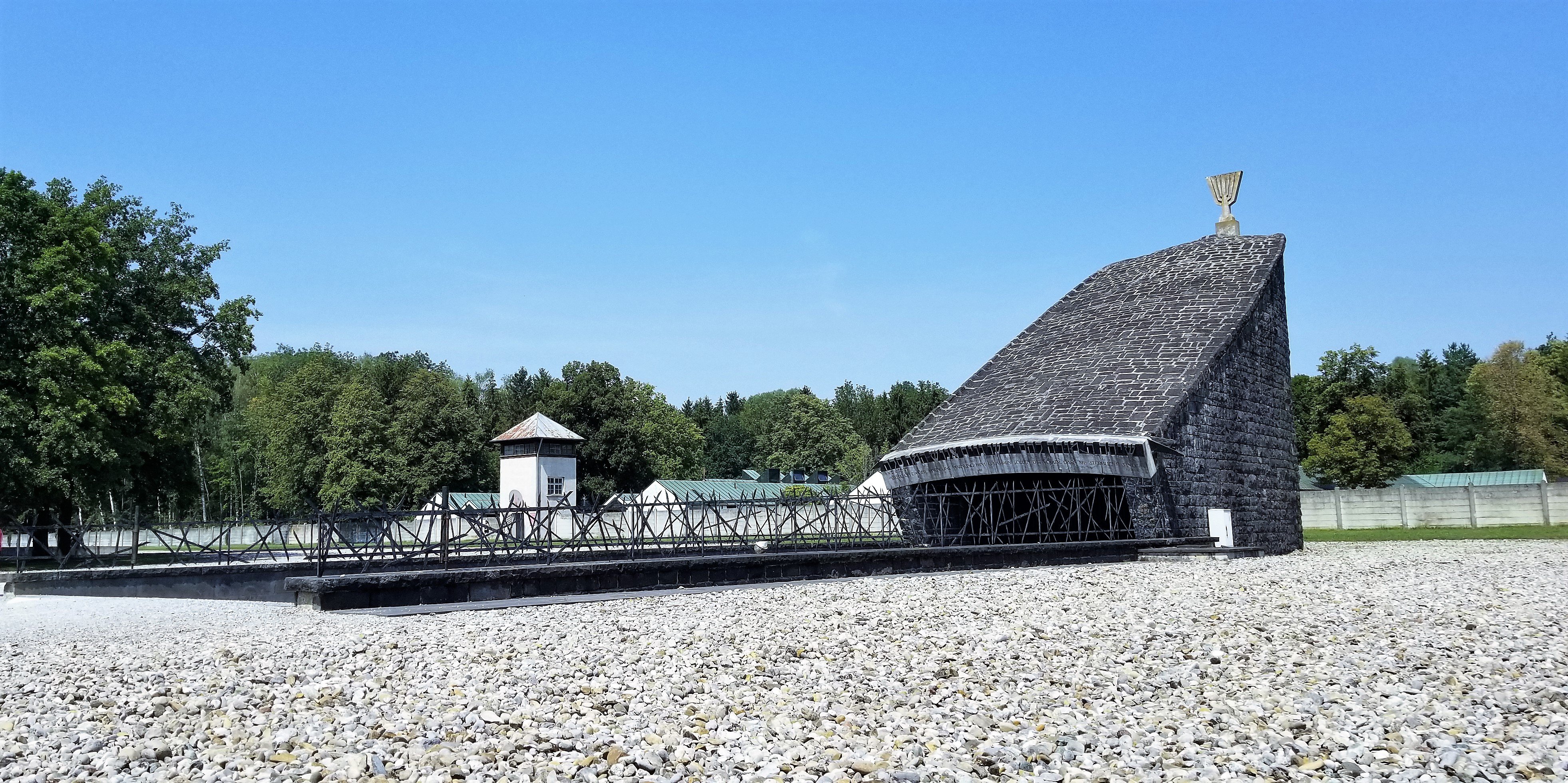
Several churches have since built structures on the grounds, each of them a testament and a memory of the people who lived and died at Dachau.
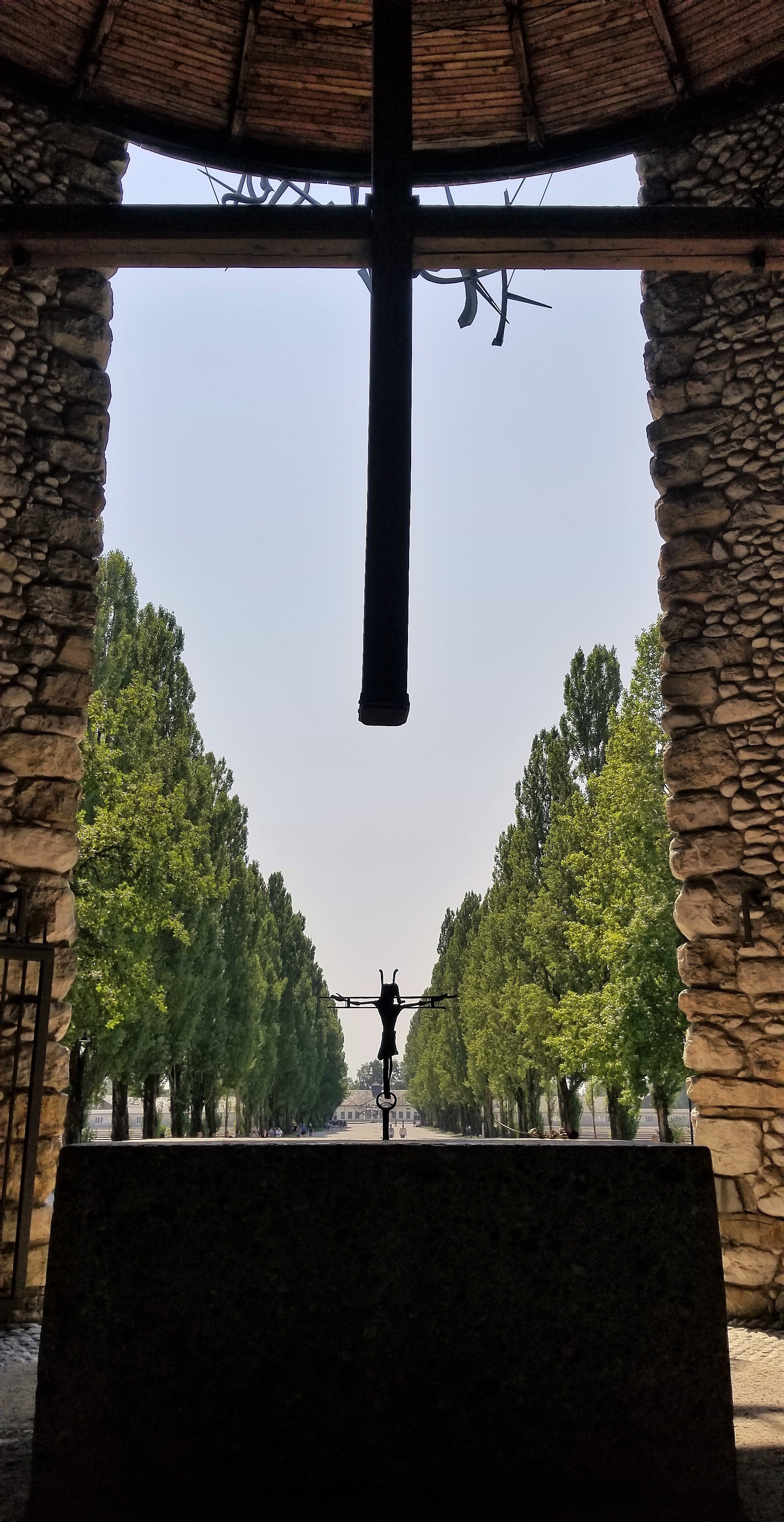
This structure sits at the end of the walkway which once passed through the center of the dorms. The trees which line the path can be seen as saplings in photographs taken during the 1930's. Today they are tall and strong as if they are the benevolent guardians of the space.
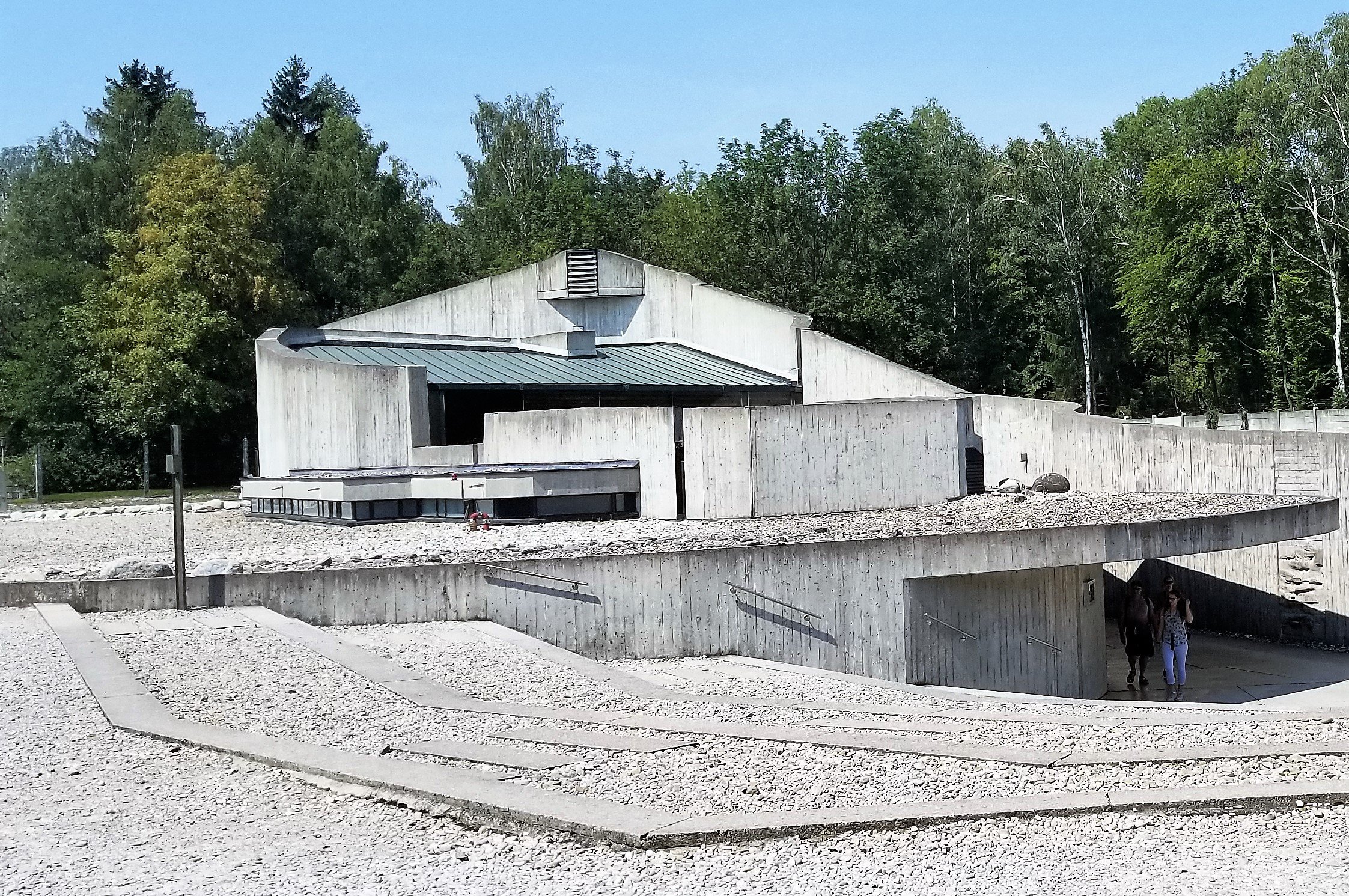
The architects of this church purposely avoided 90 degree angles in the design as they felt it represented the evil that had happened here.
The Crematorium
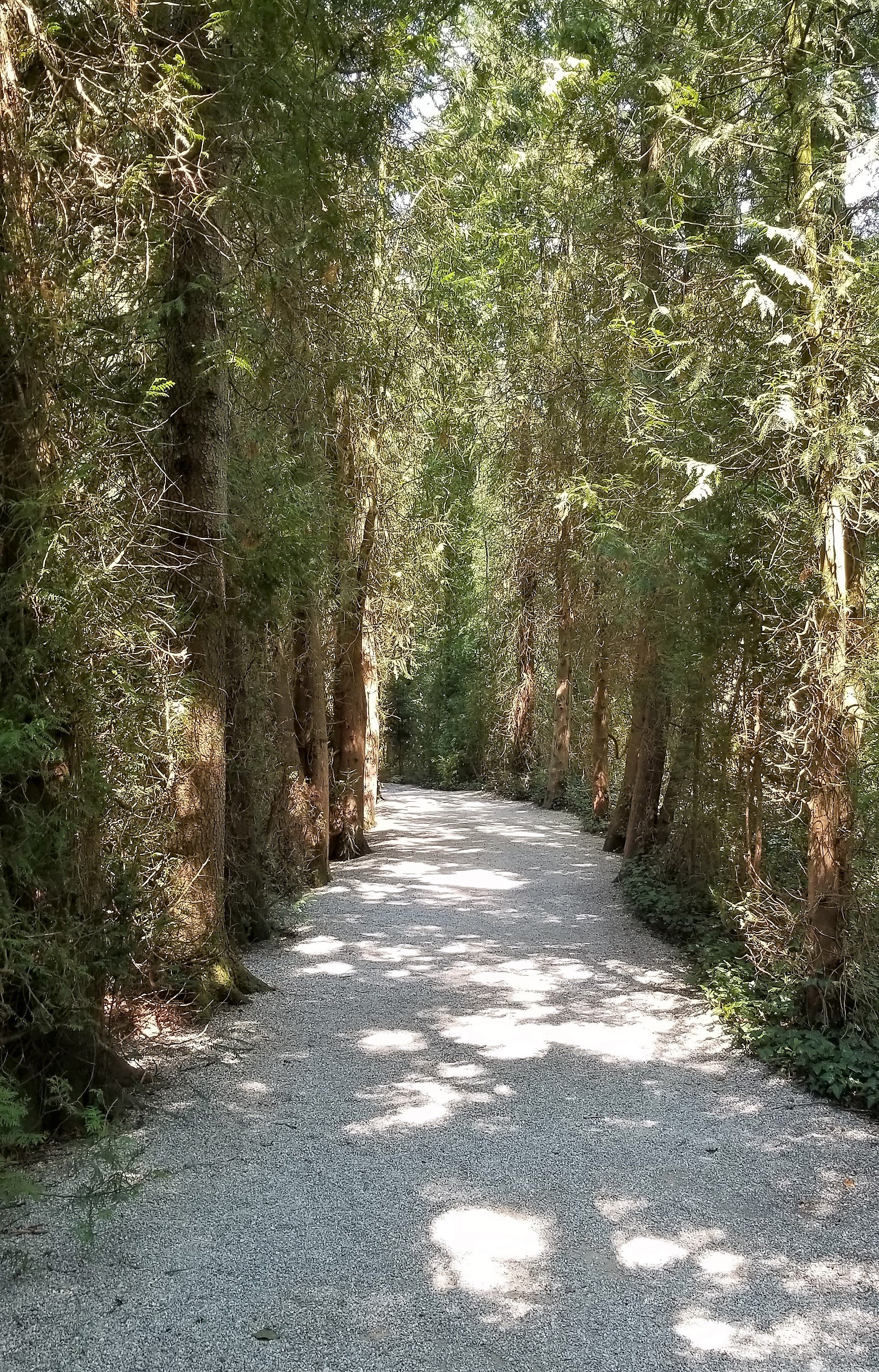
Exiting the section with the dorms brings you to the crematorium. Around the perimeter is a lovely tree-lined walkway. It is peaceful until you realize its darker purpose. Prisoners were walked down this path to be executed. In the dirt, the blood trench is still visible, dug to collect the bodily fluids from the prisoners who were shot to death lined up along the wall on their knees. Bullet holes in the concrete wall bear witness to the many executions which took place.
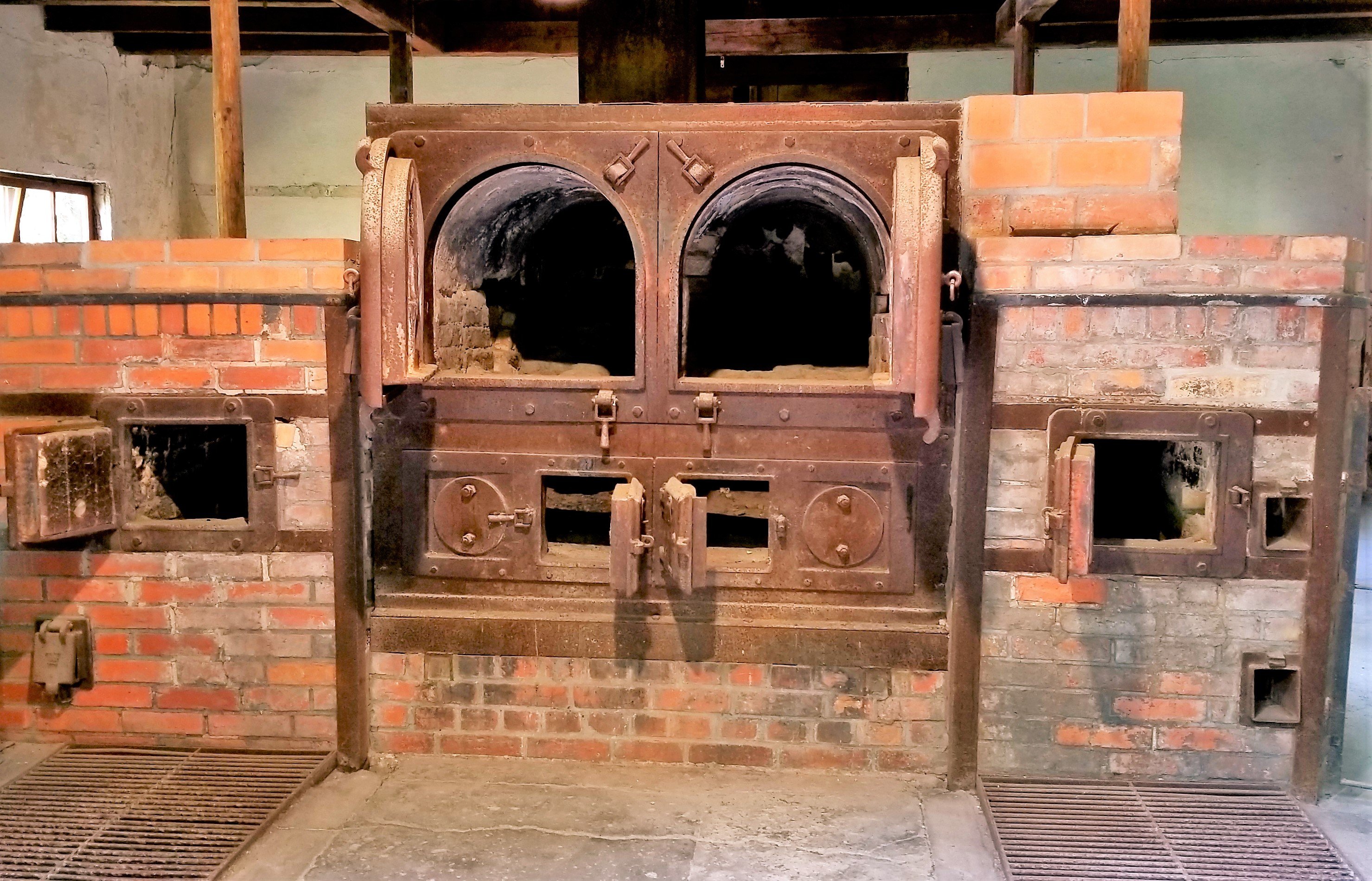
Above are the ovens which were used to cremate bodies. At one point, demand was so high that new ovens were built in an adjacent building.
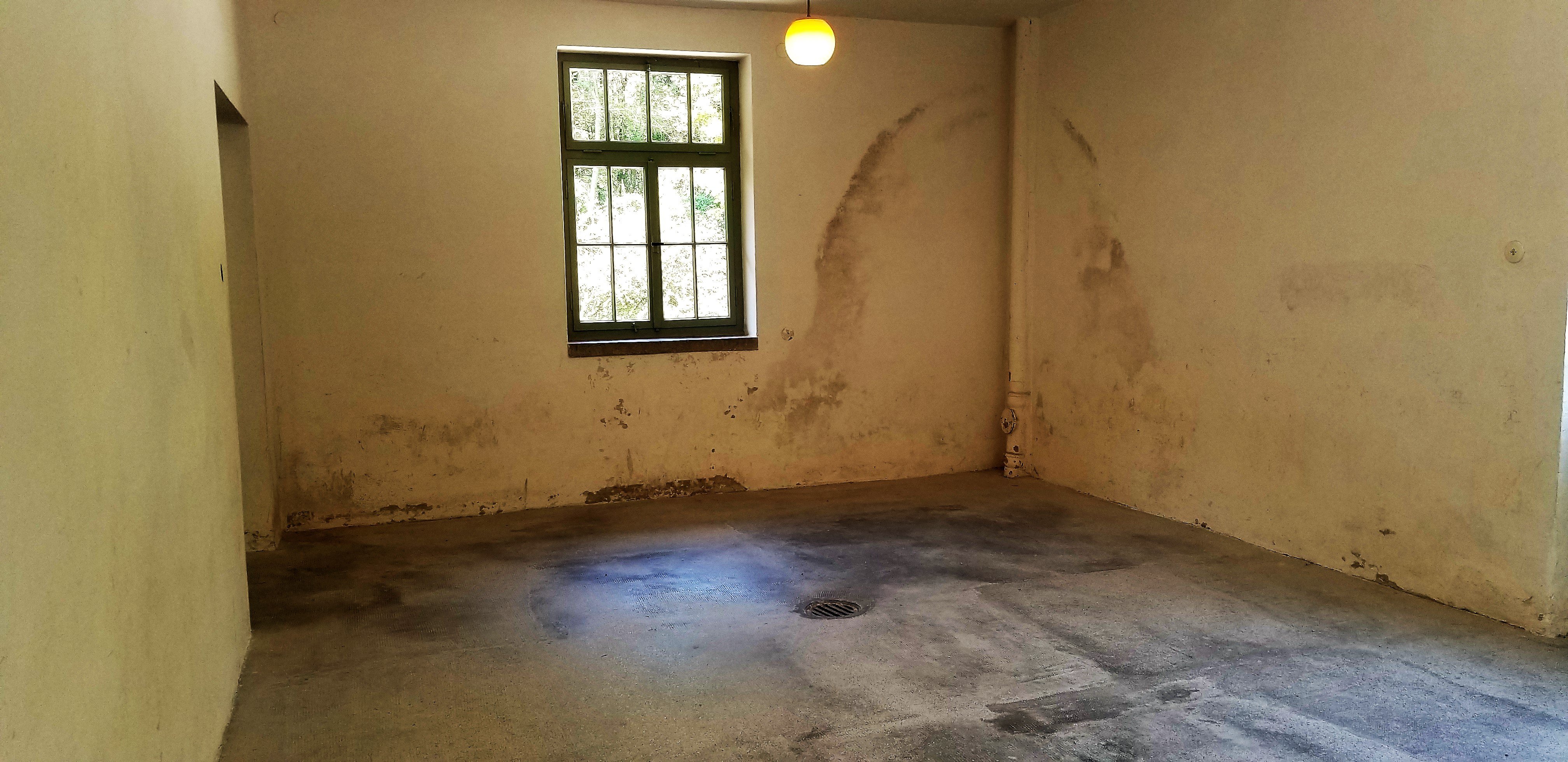
This was a 'storage room' used for bodies while they were waiting to be incinerated. The line of discoloration on the wall is chilling as it hints to the amount of use the room received. There were 2 such rooms at Dachau. It is believed that more than 25,000 people died here. When US soldiers liberated the camp, it is said they brought the townspeople in and forced them to walk these rooms - to see the bodies - and the grasp the horror that had been committed on their doorstep.
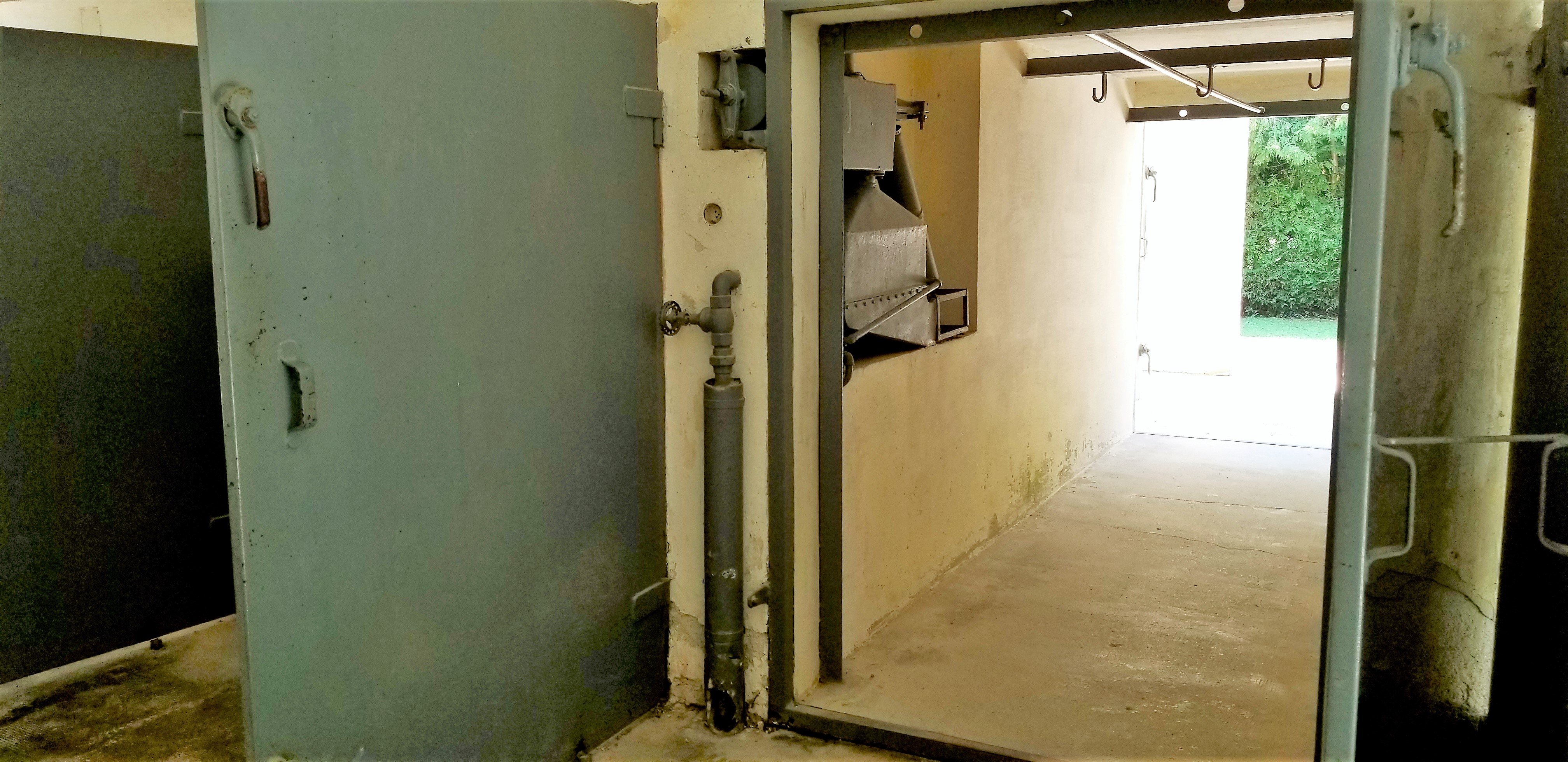
Also in the crematorium area were the fumigation chambers. These rooms were ostensibly used to rid clothing of lice, fleas, and other diseases. However, given the known history, I shudder to think what other purposes these rooms were used for. They have hooks to hang things by, heavy iron doors which seal tight, and pipes to conduct gas directly into the chamber.
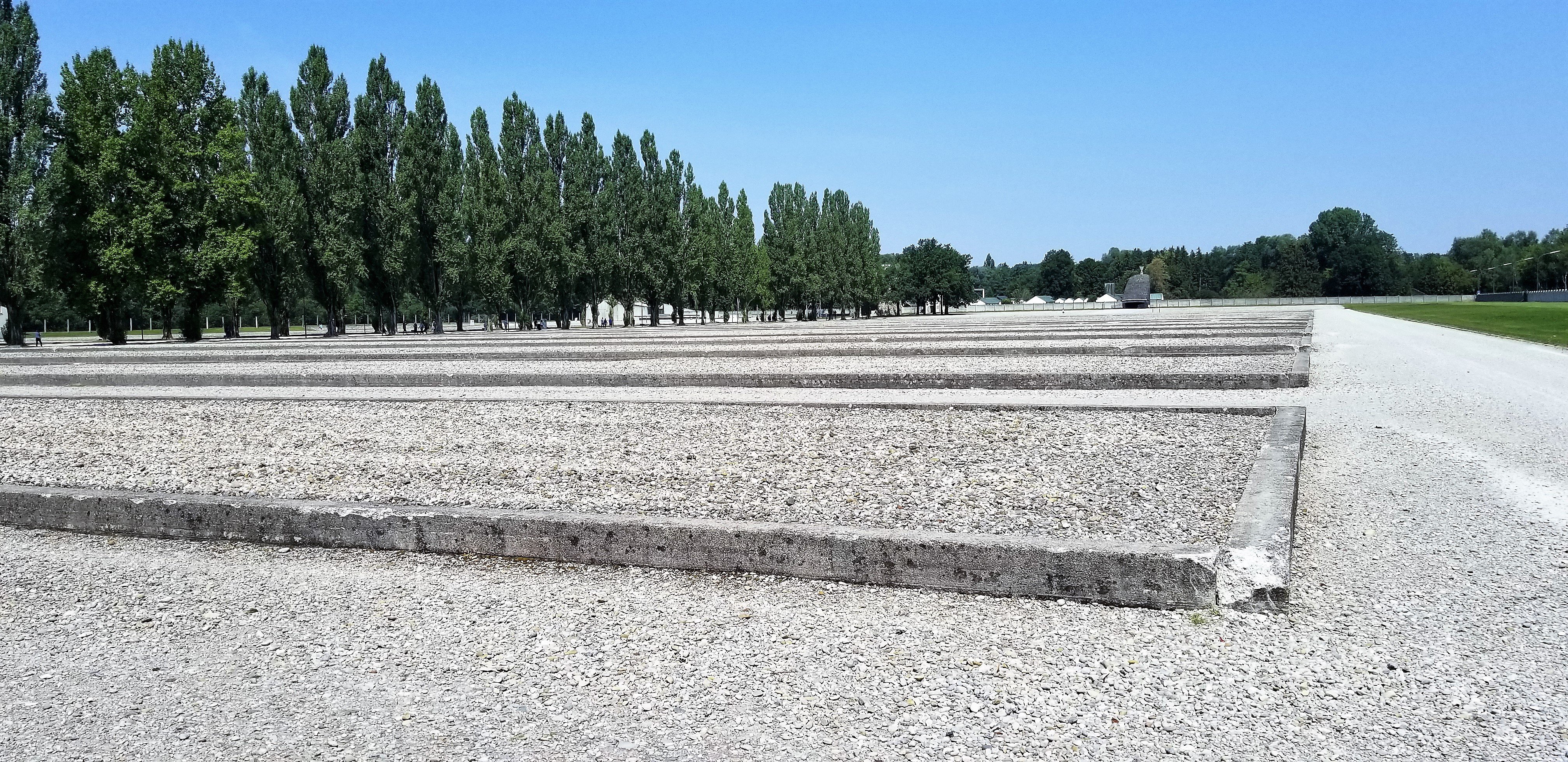
As I exit Dachau down the center walkway where the dorms used to be, I can only hope that we have had enough of this, that never again will people be led to believe they are doing the right thing by destroying others. I hope that we can learn from the mistakes of our past and make a better future.
To book your own trip to a piece of our history, visit me at http://travellifeservicesllc.com/

